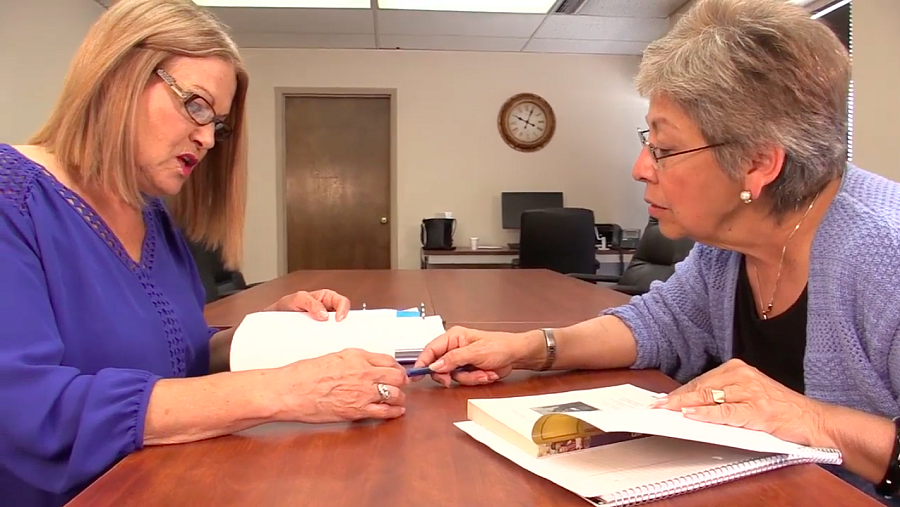Exploring the cost of adult illiteracy in California

Student Ana Salazar, left, learns to read with help from a tutor from the Kern Literacy Council.
Photo via Kern Literacy Council
Education resources tend to prioritize the young, but the ghost of past education failures — or adult illiteracy — haunts the present.
Being functionally illiterate affects adults’ livelihoods, their health, their families, their role as citizens. It haunts the next generation, too. Research shows that students whose parents do not or cannot read to them at home lag behind their peers.
The scope of my forthcoming reporting project for the 2023 Data Fellowship is the entire state, but I’d like to focus one story on the Central Valley, which is unfortunately a hotspot of low literacy. This August, the city manager of Bakersfield cited adult illiteracy as a factor in the county’s murder rate, the highest in California. During a Kern County Board of Supervisors meeting last fall, Supervisor Leticia Perez said that employers are loath to open a company in Kern County, where literacy rates are so low.
“We don’t like talking about it, because it’s embarrassing,” she said.
Adults who struggle to read are discussed more than they are heard from. First and foremost, this series will put a human face on the problem. I will talk to people from all walks of life who cannot read well: those who were products of local school systems and immigrants; those who are currently working to learn to read as adults and those who aren’t; the old and young; those with disabilities.
I plan to consult groups that teach adults to read: adult education schools, community colleges, libraries, nonprofit literacy groups and parent engagement groups. I also will reach out to those who work with the recently incarcerated. Literacy researchers will also be a key source.
The data that will undergird this project comes from the Program for the International Assessment of Adult Competencies (PIAAC). This is an international survey of the cognitive skills adults need to function in the workplace, which include literacy, numeracy and problem-solving. Last year the National Center for Education Statistics released reports that further broke down the data at both the state and county level, by estimated age and education level.
This data will provide an overview of the literacy landscape, both statewide and at the county level. It will also tell me more about what type of people to look for, such as age and education level.
It’s not enough as a journalist to describe a problem. It’s important to understand how we got here, but also to identify those who have the power to change it.
I am interested in giving an overview that explores regions where literacy is strong and where it falters. I will explore the history, politics and school systems that have led to where we are today.
I plan to look for communities, organizations and schools that are achieving measurable success in teaching adults to read. The goal of this is to highlight the good work being done that could be replicated statewide. I am curious to explore whether good work is happening in pockets by small organizations or whether there are broader systemic solutions.
This project will also include a guide to resources for those who are struggling, in a video format.

